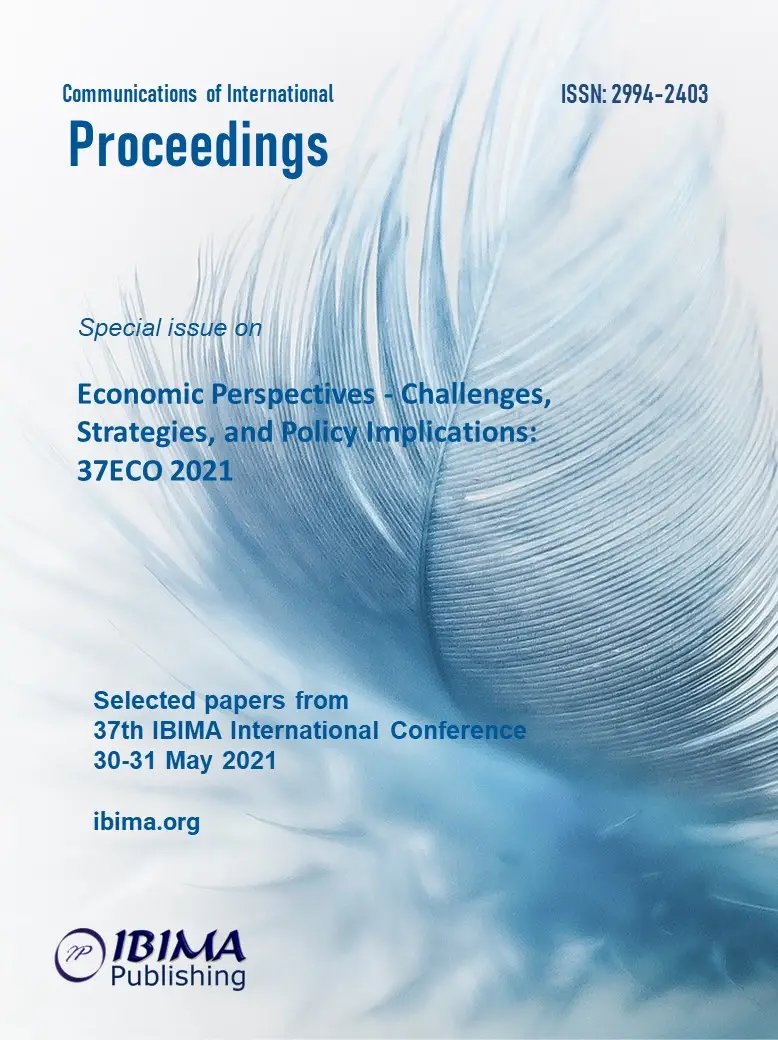
Natalia A. SEROVA and Andrey A. YAKOVCHUK
Russian Academy of Sciences, Russia

In the current context of escalating existing and emerging new threats and challenges for the economic security of Russia, studying structural transformations identifying the immunity of the economic system to internal and external negative impacts gains special relevance and urgency. The paper aims at identifying main trends in structural transformations of the industrial production in the Arctic zone of the Russia (or the RFAZ) which is strategically essential for the sustainable development of the national economy in this macro-region. The analysis of structural shifts and evaluation of changes in the industrial production structure in the Arctic regions was executed by the author on the basis of relative indicators for the types of economic activities in the overall volume of the dispatched industrial goods for a period of 2017-2019. The quantitative measurement of structural transformations was made using the quadratic structural shift coefficient (or the Kazints index), indices of difference between two structures (Gatev index, Ryabtsev index), as well as weight and speed of structural shifts. It is defined that the structure of the industrial production in the RFAZ has not significantly changed over the period under discussion which is explained by the multidirectionality in the dynamics of structural shifts at a regional level. Their analysis has shown that, in the majority of Arctic regions, appositive dynamics was observed in the mining of mineral resources alongside with a negative dynamics in the other types of economic activities that indicates strengthening of structural disproportions in the industrial production in the Russian Arctic.